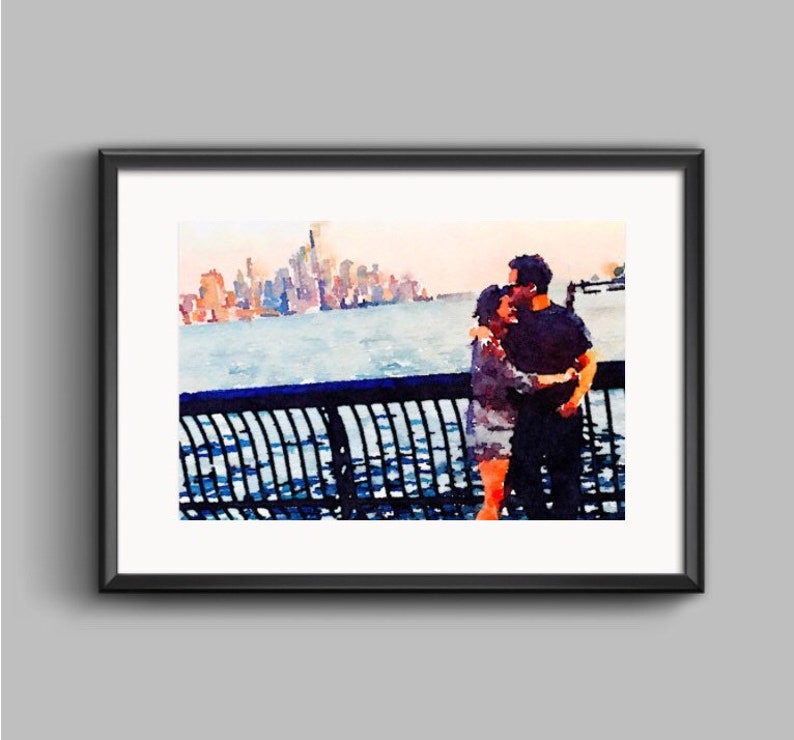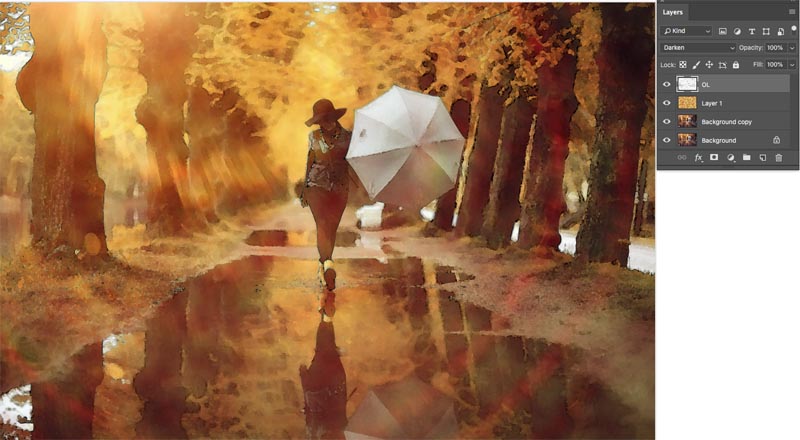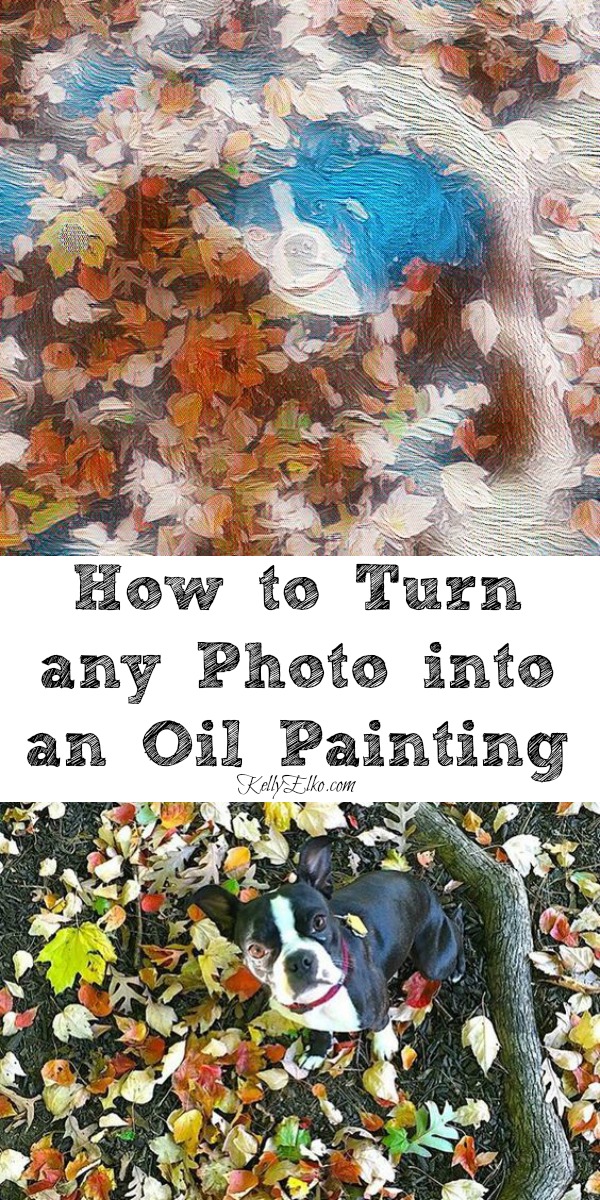

Your original image will be named "Background." Select the "Duplicate Layer" icon at the bottom of the palette to create a new copy layer from your image it will be named "Background copy."Ĭlick the "Eye" icon to the left of the first layer to hide it. This really is such a fun and easy project, and there’s so much potential for creating really unique, one of a kind pictures.Locate the Layer palette on the right side of the screen. How cute would it be to take a picture of your kids holding a sign like “Happy Mothers Day” or “Thank You” and using it to create a one of a kind card? What do you think? Too much paint on this one, or it looks ok?Īnother idea we had but haven’t worked on yet is to use a watercolored picture to create a custom card. We definitely used the most paint on this one, coloring pretty much the entire background. This picture of Sam on the beach doesn’t translate as well on camera as it does in person, but we still wanted to include it so you guys could see everything we worked on. We mostly focused on the flowers in this picture, and even though her dress was actually white, we decided to add a bit of color to it to make it pop.įor this picture of Molly, we painted her pretty pink headband, and just barely tinted her blanket. If you live in the Cincinnati/Northern Ky area and are looking for a photographer, she really is amazing. Check out her Facebook page to see more of her work. She’s incredibly talented and it doesn’t hurt that she has three adorable daughters to practice on.

Sarah took my son Max’s newborn pictures, and I was in love with every single shot. My friend Sarah from Sarah Anne Photography took this sweet photo of her daughter and graciously allowed us to use it to practice our watercoloring technique. This photo is definitely my favorite out of all the pictures we worked on. I’m sure someone with better watercoloring skills than us could pull it off, but for us, just coloring the objects worked best. For instance, we tried coloring a persons lips in one photo, and it ended up looking a little clown-like. We also noticed that the pictures seemed to look better when we only added color to objects on or around the people in the photos, and not on the people themselves. You can always go back with a second coat and make it darker if you like, but this is one of those projects where less is usually more. We recommend adding color a little at a time. Just make sure you get a decent quality paper (we’re using 140 lb paper). But just about any watercolor paints and brush will work. The brushes are great for watercoloring, because they hold water in the handle, and when you squeeze the handle water is released into the tip of the brush. We used Loew Cornell Watercolor Paint, and these really neat Royal & Langnickel Aqua-Flo brushes. Then use watercolor paints to add some color. Next, print your photo onto watercolor paper. If you’re using Picmonkey for the first time, follow these steps to convert your color photo to black and white. There are several photo editing programs you can use.

If the photo you’re using is a color photo, you will first need to convert it to black and white. (The BH&G article stated that you could use a laser printer, but we only tried it with a photo printer, so we’re unsure of the results with a regular laser printer. We have a HP Photosmart Premium TouchSmart. To create the watercolor photographs, you will need a photo printer. We don’t have much experience with watercolors, or painting in general, but it didn’t take us long to get a technique down and create some pretty cool pictures. We originally saw this technique on Better Homes and Gardens website, and decided to give it a try. We are obsessed with this super simple technique for turning your regular photographs into watercolors.


 0 kommentar(er)
0 kommentar(er)
